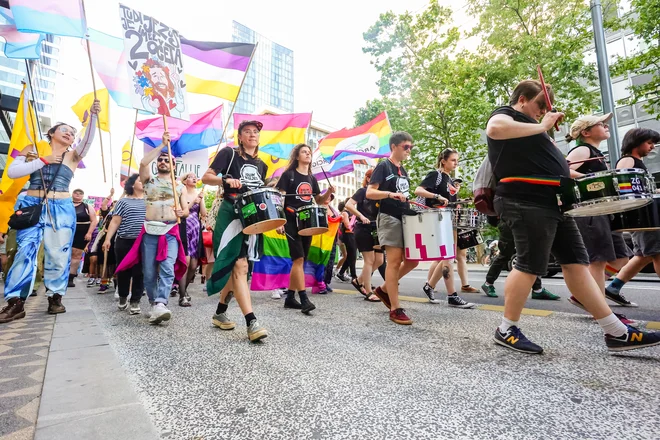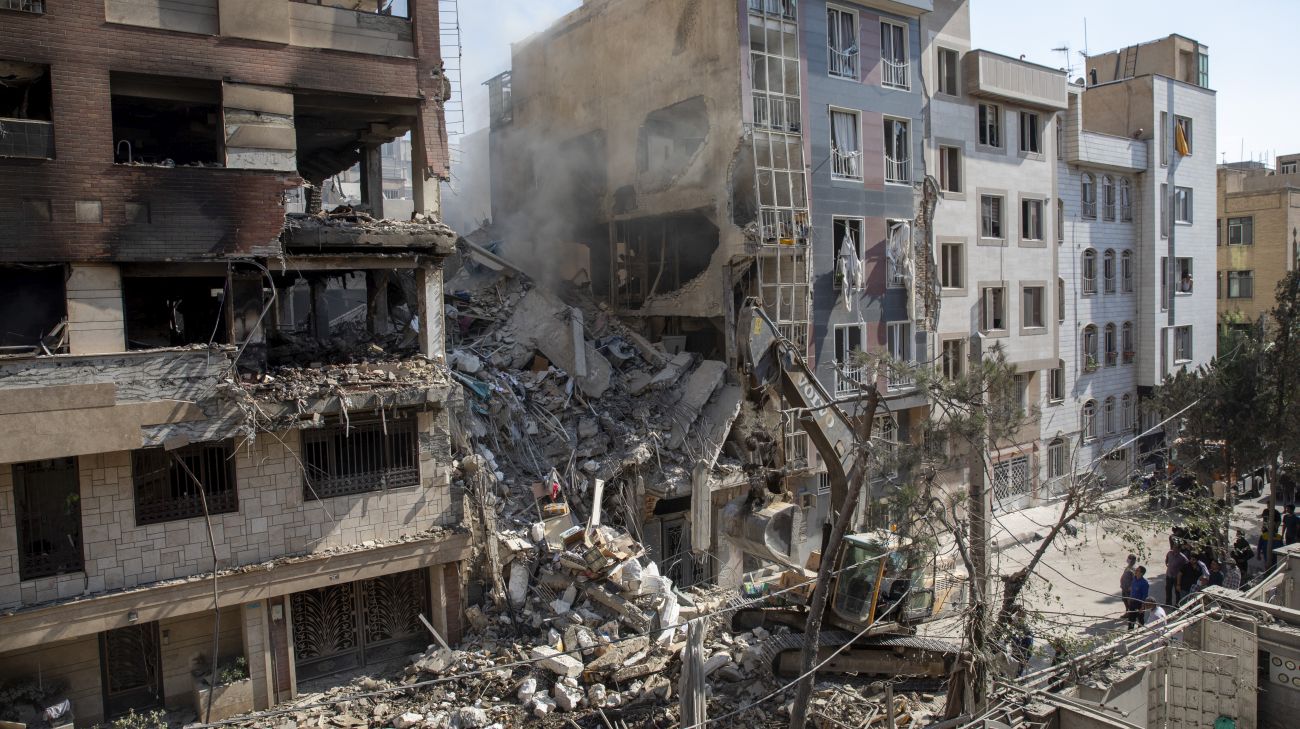What is the conclave in the Roman Catholic Church and who participates in it

The Roman Catholic cardinals will hold a conclave to choose the 267th Pontiff of the Church and the successor of Pope Francis, who died at the age of 88. The Conclave’s date will be announced after his funeral on Saturday.
Below are the key facts about the conclave-one of the oldest and older polling processes in the world.
Who participates in a conclave
Kogda Francis died, had 135 cardinals under the age of 80, and therefore have the right to participate in a conclave. However, it is not known whether they will all be present (according to unofficial information, the number of those who will be able to be no more than 133 – ed.).
The cardinals of 80 years or more may not participate in the conclave, but may join the daily closed meetings organized before the election called common congregations, where higher prelates discuss issues facing the church.
Chosen for Pope does not necessarily have to be one of the cardinals voters, but in practice it is always always.
The cardinals who choose it were from 71 countries, compared to only 48 in 2013, when Pope Francis was elected. The Italians make up the largest national block, with 17 cardinals, against 10 of the United States and seven from Brazil. There are a total of 53 cardinals voters from Europe, 23 from Asia, 18 from Africa, 17 from South America, 16 from North America, 4 from Central America and 4 from Oceania.
Where does the conclave take place
The Cardinals hold their election in the Sistine Chapel, under Michelangelo’s frescoes for the Last Judgment and on Bible scenes, including the panel of creation with almost touching fingers of God and Adam.
« Francis effect »: What caused the pope – real reforms or conservatism reaction
Most of the participating cardinals sleep at a hotel in the Vatican behind the St. Peter Basilica. They will be forbidden to communicate with the outside world – without phones, television or the Internet.
Conclave history
The word conclave, from the Latin Cum Clave (with key), dates back to the prolonged election of Celestin IV in 1241, when the cardinals were locked in a collapsing palace. One conclave in the 13th century lasted two years, nine months and two days. The average duration of the last 10 conclations is three days. The last conclave, which chose Francis in 2013, lasted only two days and included five votes.
How does the vote go
With the exception of the first day, when only one vote is held, the cardinals hold two daily voting sessions, while a candidate receives a majority of two -thirds plus one. All participants swear to keep a secret about the vote.
What does smoke mean
Cardinals vote on newsletters printed with the Latin words « Eligo in Summum Pontificem » (« I Choose for the Supreme Pope »). The ballots are collected and burned at the end of the morning and afternoon sessions, with smoke rising from a makeshift chimney over the Sistine Chapel.

Black smoke shows a non -contracted result, while white smoke tells the outside world that Pope has been chosen. The large bell of the St. Peter Basilica will beat as an additional sign that a new pope has been selected.
The smoke signals are expected around noon and 7:00 pm every day for voting. However, smoke may occur earlier if the new pope is selected at the first vote of one of the sessions.
How to declare the new pope
After a pope is selected, a senior cardinal appears on the balcony of the Basilica « St. Peter » and declares in Latin: « Annunti Vobis Gaudium magnum. Habemus papam » (« I declare you great joy »). He identifies the new pope by his own name, his first name translated into Latin, and then announces the papal name that the new church leader has chosen.
The most commonly chosen papal names are John (23 times), Gregory (16), Benedict (16), Clement (14), Innocent (13), Lion (13) and drink (12). Pope Francis is the first to choose this name in honor of St. Francis of Assisi.
After the announcement, the new Pope gave his first public speech and his first blessing Urbi et orbi (« to the city and the world ») in front of the gathered on St. Peter Square.
A few days later, the new pope will serve a liturgy that marks the beginning of his ministry.







